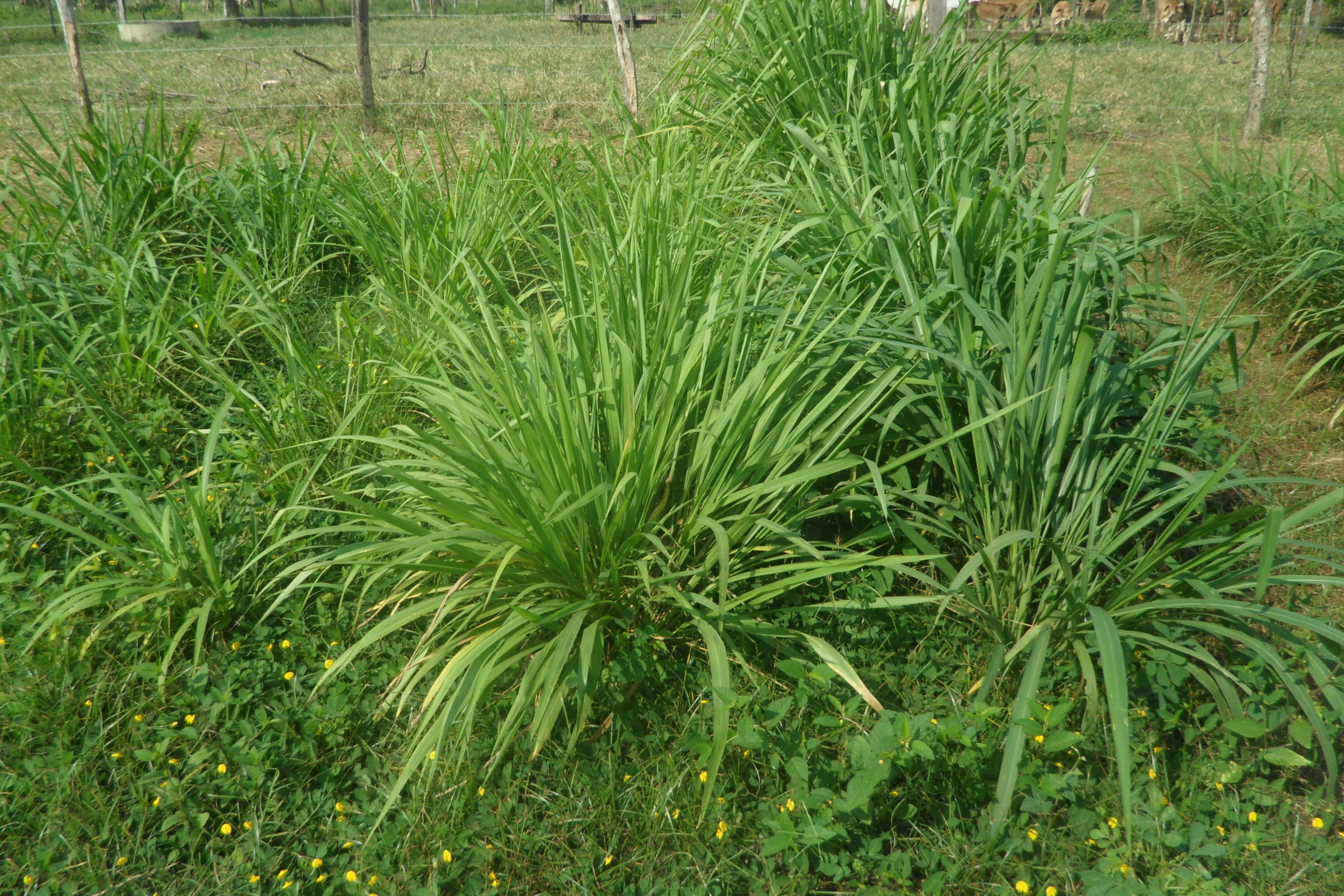Plant physiology is a fundamental branch of biology that is dedicated to the study of the functioning of plants, ranging from biochemical and biophysical processes at the cellular and molecular level, to the interactions of plants with their environment. Understanding plant physiology is crucial not only for the advancement of basic scientific knowledge, but also for its application in various areas such as agriculture, forestry, ecology and biotechnology.

It can be said that plant physiology studies the processes and functions of plants, in this case as processes should be understood a continuous and natural sequence of events in living plants such as photosynthesis, respiration, translocation, opening and closing of stomata, flowering seed formation among others. Plant physiology describes and explains the functions of each organ, tissue, cell, also considering that the processes and functions are dependent and undergo alterations or modifications by external factors such as solar radiation and temperature, physiology allows to describe and explain the way in which the processes respond to those changes.
The term "physiology" comes from the Greek "physis" (function) and "logos" (study or treatise), therefore, plant physiology is defined as the science that studies the functions and processes that occur in plants. Focuses on how plants perform their vital activities, according to Lira (2007), including:
- Absorption and transport of water and nutrients: how the roots absorb water and minerals from the soil, and how these are transported through the xylem to other parts of the plant.
- Photosynthesis: The process by which plants convert light energy into chemical energy, synthesizing carbohydrates from carbon dioxide and water.
- Respiration: The process of releasing energy from carbohydrates produced during photosynthesis.
- Growth and development: the processes that regulate germination, the growth of stems, roots and leaves, flowering, fruiting and senescence.
- Plant hormones: The role of hormones in the regulation of various physiological processes, such as growth, development, response to environmental stimuli and defense against pathogens.
- Environmental stress responses: How plants adapt and respond to adverse environmental factors, such as drought, salinity, high temperatures, cold and nutrient deficiency.

The study of plant physiology is essential for several reasons, it allows the understanding of ecosystems since plants are the basis of most terrestrial ecosystems, and their functioning influences the dynamics of biological communities and biogeochemical cycles. Having knowledge of plant physiology is fundamental for the development of sustainable agricultural practices and the improvement of crop productivity, which is crucial to ensure global food security. It contributes to the conservation of biodiversity understanding how plants adapt to different environments is essential for the conservation of biodiversity and the management of natural ecosystems, as well as providing the basis for the development of new technologies in areas such as biofuel production, bioremediation and plant genetic improvement.
Dear readers, plant physiology is a dynamic and constantly evolving science, which allows us to delve into the complex internal world of plants, its study not only expands our knowledge about life on Earth, but also provides crucial tools to face global challenges related to food, the environment and sustainability.
Physiology is becoming increasingly important in research and experimentation programs in agricultural sciences, therefore, one of the challenges of Moderna agriculture is to substantially increase productivity, for this, knowledge of the skins is required and thus optimize the management of these crops to ensure adequate production for humanity.
Thanks for reading our articles, until a next post!
| Bibliographic references |
|---|
- Lira, R. (2007). Plant physiology. Threshing. Mexico.
Sources
- Photography and images: All photographs and images are the property of the author @amestyj
- Agrotecnia banner: made by the author @amestyj with own images
- Hive Banner: Designed by the author @amestyj with image owned by hive.



Congratulations @amestyj! You have completed the following achievement on the Hive blockchain And have been rewarded with New badge(s)
Your next target is to reach 34000 upvotes.
You can view your badges on your board and compare yourself to others in the Ranking
If you no longer want to receive notifications, reply to this comment with the word
STOPCheck out our last posts:
Thanks for keeping me updated with my stats, within the platform.
You're welcome @amestyj
BTW, your support for our previous proposal has been much appreciated but it expired!
May we ask you to renew your support for our NEW proposal: https://peakd.com/proposals/331 ?
Your help will be much appreciated. Thank you!
With pleasure dear friends.
Thank you for your support @amestyj, much appreciated!